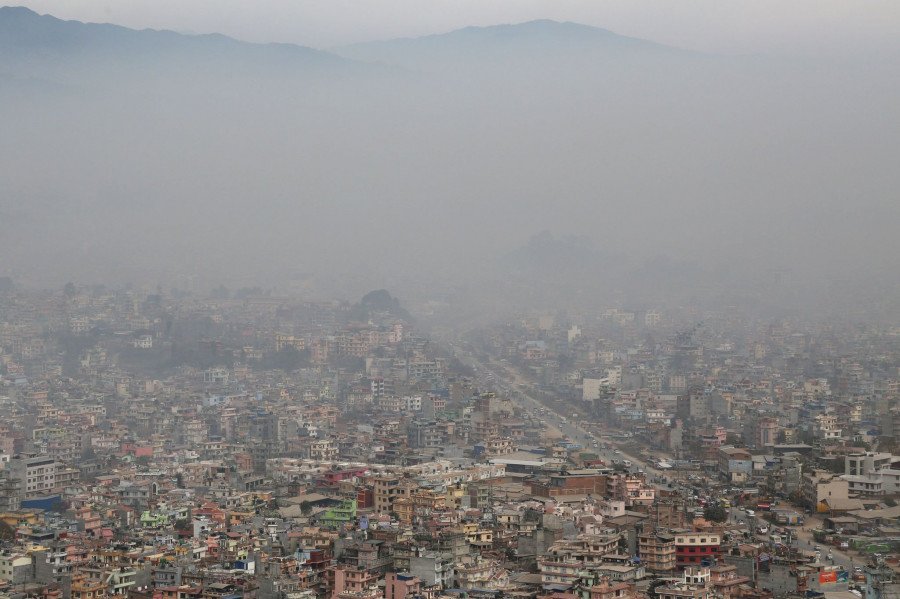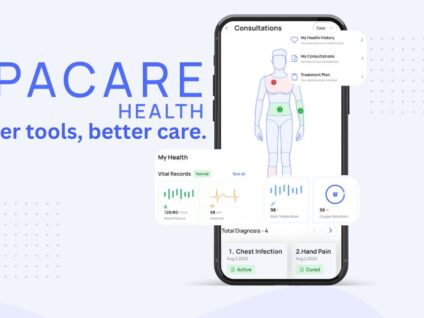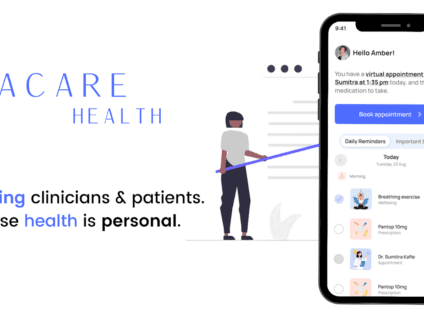According to the World Health Organization (WHO), air pollution and climate change were the top environmental global threats to human health. Annually there are approximately 9 million deaths globally from air pollution with nearly 90% deaths due to ambient air pollution in low and middle income countries. Sadly over 25% of premature deaths associated with air pollution were respiratory conditions. Last week Kathmandu saw its air quality get from bad to worse with an Air Quality Index (AQI) of 400 due to forest fires in the neighboring districts bordering India.
Given the detrimental effects of air pollution on respiratory health strategies are needed to minimize the daily exposure. Although public policy has a central role in reducing air pollution, there are some measures that can be adopted on an individual level that can help reduce the impact of air pollution on our health.
Tips
- Use Of Facemasks To Minimize Exposure To Ambient Air Pollution
Facemasks have become common and socially acceptable all over the world. Close-fitting N95 face masks are recommended to reduce high air pollution levels and have been found to reduce the decline in lung function due to air pollution among traffic police in Nepal. The majority of the population however use the disposable surgical masks which provide little to no protection from air pollutants.
- Alternative Routes That Can Minimize Air Pollution Exposure.
Areas like traffic intersections have the highest number of particle concentrations compared to free flowing traffic. Therefore avoiding major intersections, heavy traffic roads and selecting routes with open spaces may reduce the exposure with traffic related air pollution. Moreover, bike paths that are separated from motor traffic lanes have comparatively lower levels of air pollutants.
- Reducing Outdoor Activities When The Air Pollution Level Is High.
Although exercise has its beneficial effects on our health, people with chronic airway disorders like asthma, COPD and those with chronic heart problems should avoid outdoor activities whenever possible. Therefore on high pollution days it is important to stay indoors and minimize outdoor physical activities. It is important to stay updated on government alerts days when air pollution levels are forecast to be high.
- Minimize Exposure To Household Air Pollution.
Indoor air pollution is as harmful as outdoor. Indoor air pollution is also a major contributor to respiratory infection in children and chronic respiratory diseases like COPD. With the majority of homes in Nepal especially rural villages still using traditional cookstoves that burn wood and animal dung produce very high levels of indoor air pollution. Improved cookstoves, although better than their traditional counterparts, have been implemented in many villages of Nepal are still not effective in achieving WHO recommended PM 2.5 levels. Alternative fuels for cooking like LPG or electricity are recommended whenever feasible.
References
- Araban M, Tavafian SS, Zarandi SM, Hidarnia AR, Burri A, Montazeri A. A behavioral strategy to minimize air pollution exposure in pregnant women: a randomized controlled trial. Environ Health Prev 22: 26, 2017. doi: 10.1186/s12199-017-0633-8.
- Muralidharan V, Sussan TE, Limaye S, Koehler K, Williams DL, Rule AM, Juvekar S, Breysse PN, Salvi S, Biswal S. Field Testing of Alternative Cookstove Performance in a Rural Setting of Western India. Int J Environ Res Pu 12: 1773–1787, 2015. doi: 10.3390/ijerph120201773.
- Carlsten C, Salvi S, Wong GWK, Chung KF. Personal strategies to minimise effects of air pollution on respiratory health: advice for providers, patients and the public. Eur Respir J 55: 1902056, 2020. doi: 10.1183/13993003.02056-2019.
- Shakya KM, Rupakheti M, Aryal K, Peltier RE. Respiratory Effects of High Levels of Particulate Exposure in a Cohort of Traffic Police in Kathmandu, Nepal. J Occup Environ Med 58: e218–e225, 2016. doi: 10.1097/jom.0000000000000753.
- Hatzopoulou M, Weichenthal S, Dugum H, Pickett G, Miranda-Moreno L, Kulka R, Andersen R, Goldberg M. The impact of traffic volume, composition, and road geometry on personal air pollution exposures among cyclists in Montreal, Canada. J Expo Sci Environ Epidemiology 23: 46–51, 2013. doi: 10.1038/jes.2012.85.





